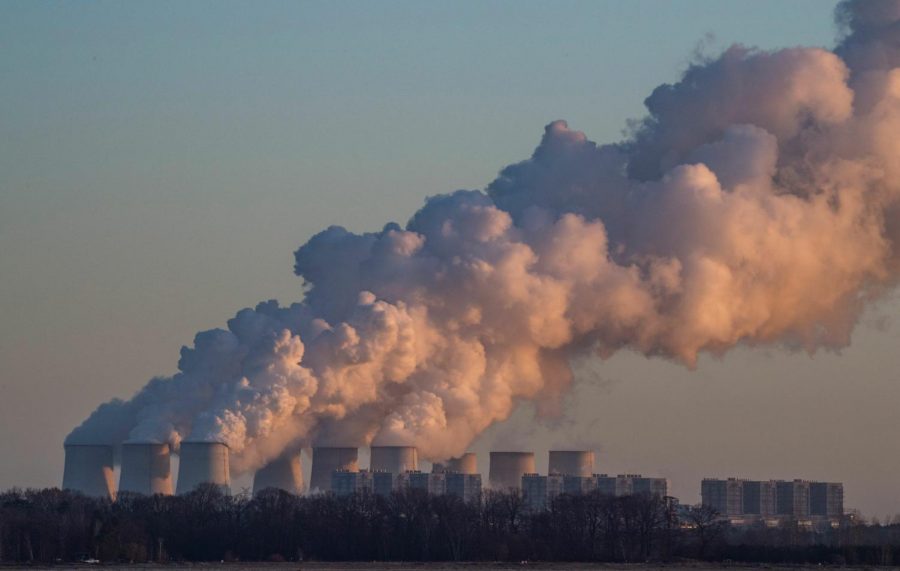Climate Change Across the World
As climate change worsens, smaller or less developed nations are at greater risk. Smaller countries are less prepared economically to respond and mitigate natural disasters, which are made more common by climate change. In developing nations, there is greater risk for water and food shortages that climate change worsens and depend on agriculture to survive, which is often impacted by changes in temperature and rainfall. The struggle for resources causes an additional problem of conflict over food and water that displaces people from their homes.
In Maldives, a country located in an archipelago in the Indian Ocean, 80% of the country’s islands are only about a meter above sea level, making it vulnerable to the rising sea levels caused by climate change. 90% of its islands have floods and erosion of the shorelines. The increasing temperatures of climate change brings a rise in sea levels. As the ocean warms, it expands. The lack of underground water bodies causes water to accumulate in the ocean, but also because of the melting ice caps that had once held stored water.
Monsoons are becoming more common in places like the subcontinent of India and south Asia. Many people rely on agriculture as their livelihood and have crops that are dependent on the regular intervals of monsoons. Monsoons are becoming more erratic as a result of climate change, making farmers vulnerable to fluctuation in water levels that could leave them with floods or droughts. Crops could be destroyed or fail to grow, putting livelihoods at risk.
The damage is not limited to other nations. In California, Lake Tahoe and Lake Shasta have record lows in water levels. Lake Tahoe ordinarily flows into the Truckee river, but the water levels drop too low to flow into the river. Boat ramps close as the water drops to low and the U.S. Forest Service cancels festivals as salmon are unable to pass through the river to spawn. Lake Shasta, which is at 35% capacity, reaches historic lows and agriculturalists must opt to restrict the amount of water taken from the lake. The droughts across California and a lack of snowmelt account for both lakes’ falling water levels.

Phoebe is a sophomore at ANHS. She enjoys reading, writing, and gaming in her free time. She loves spending time outdoors. Being in the Growling Wolverine...














